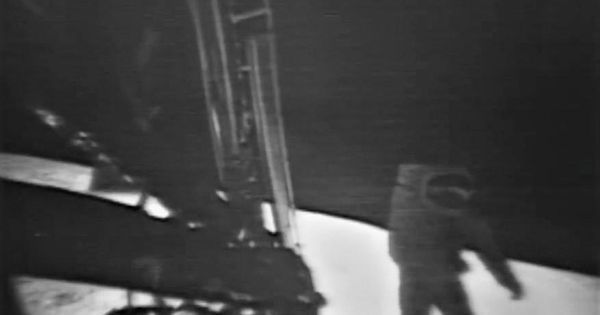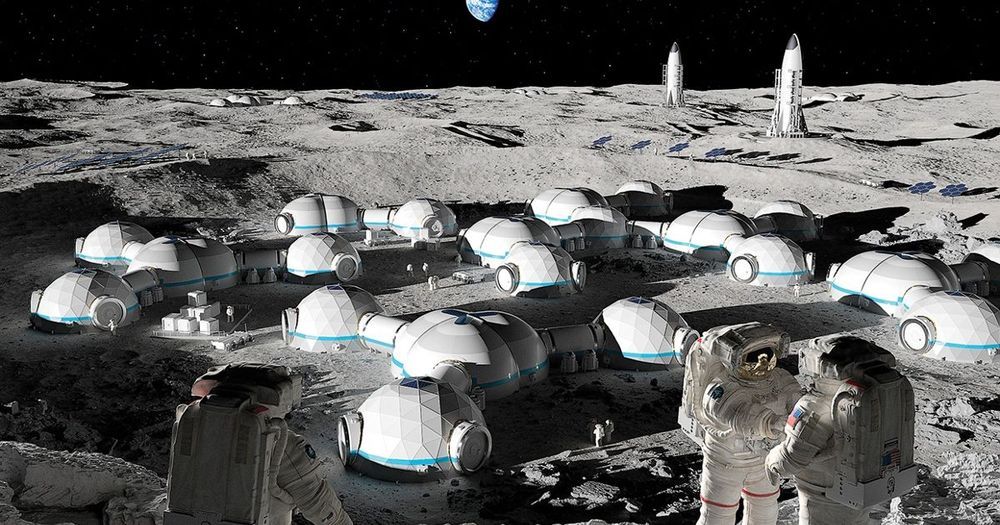Four of America’s best tell us where they were on that amazing day.



To celebrate the 50th anniversary of man landing on the moon. Check out this rare documentary Apollo 11: First Steps on the Moon.
Featuring interviews with the astronauts and NASA officials. See why it was “one small step for a man, one giant leap for mankind.” Streaming now & free http://bit.ly/Apollo11Doco #apollo11

A few months ago, ahead of the 50th anniversary of the first moon landing, eight of the 17 surviving Apollo astronauts gathered together for an early celebration at The Explorers Club in New York City.
The group was: Walter Cunningham (Apollo 7), Rusty Schweickart (Apollo 9), Buzz Aldrin and Michael Collins (Apollo 11), Fred Haise (Apollo 13), Al Worden (Apollo 15), Charlie Duke (Apollo 16), and Harrison Schmitt (Apollo 17).


Unlike Earth’s northern & southern auroras, Jupiter’s auroras appear to behave independently of each other. Combining data from Chandra, NASA’s Juno mission, & ESA’s XMM-Newton observatory could help explain why!
A short documentary revolving around Michael Collins and his experience during the Apollo 11 moon landing mission.
Compiled from archival footage and interviews.
As the first human beings stepped onto the Moon, the whole world watched in awe. Now, the #Apollo50th anniversary is being celebrated by those on AND off the world. NASA Astronauts Christina Koch and Nick Hague are celebrating on board the International Space Station. More: https://youtu.be/CIQMsI87jmA


Science, Space & Robotics News | Posted: 9 hours, 42 mins ago.
Comment | Email to a Friend | Font Size: AA.